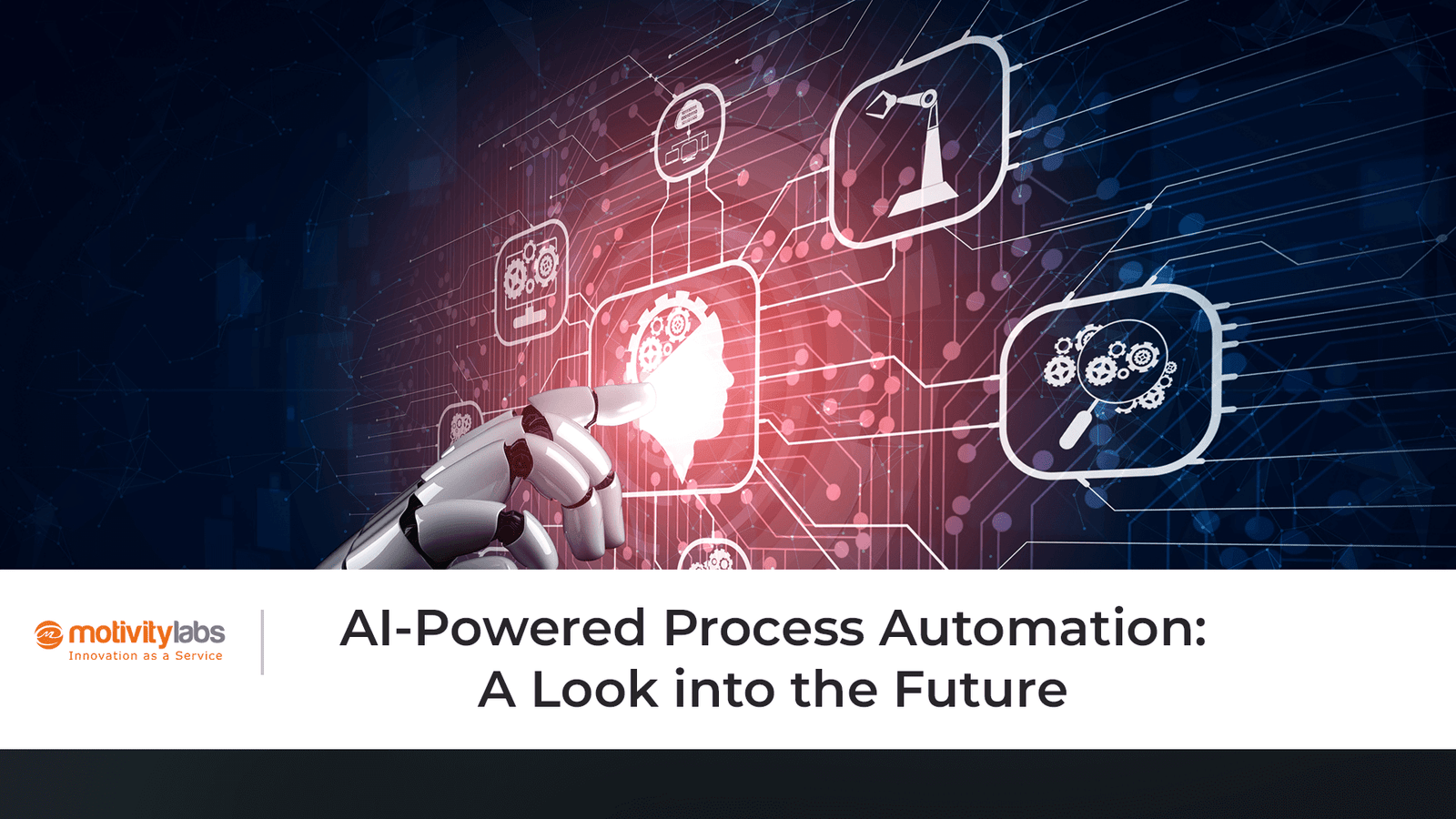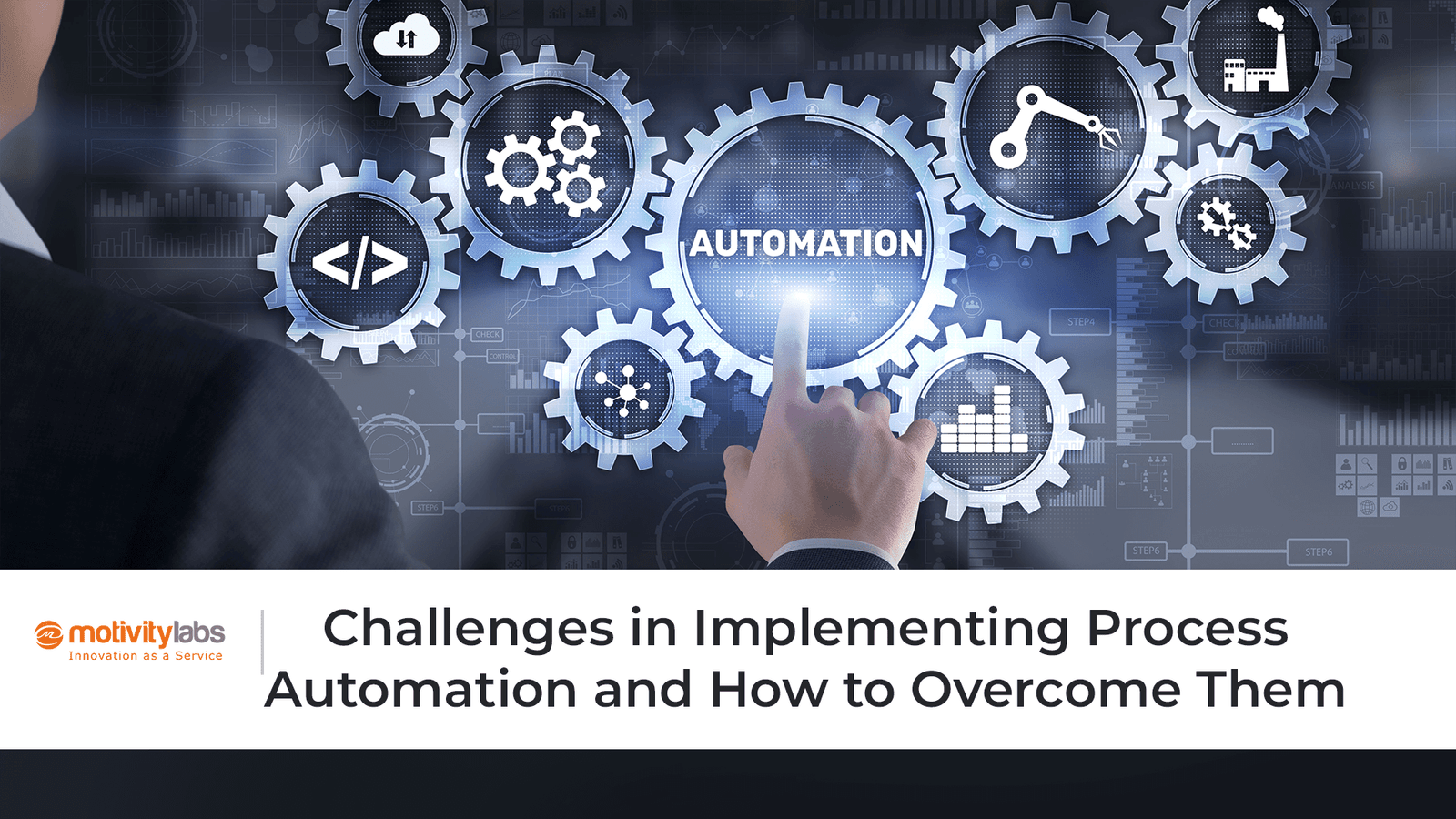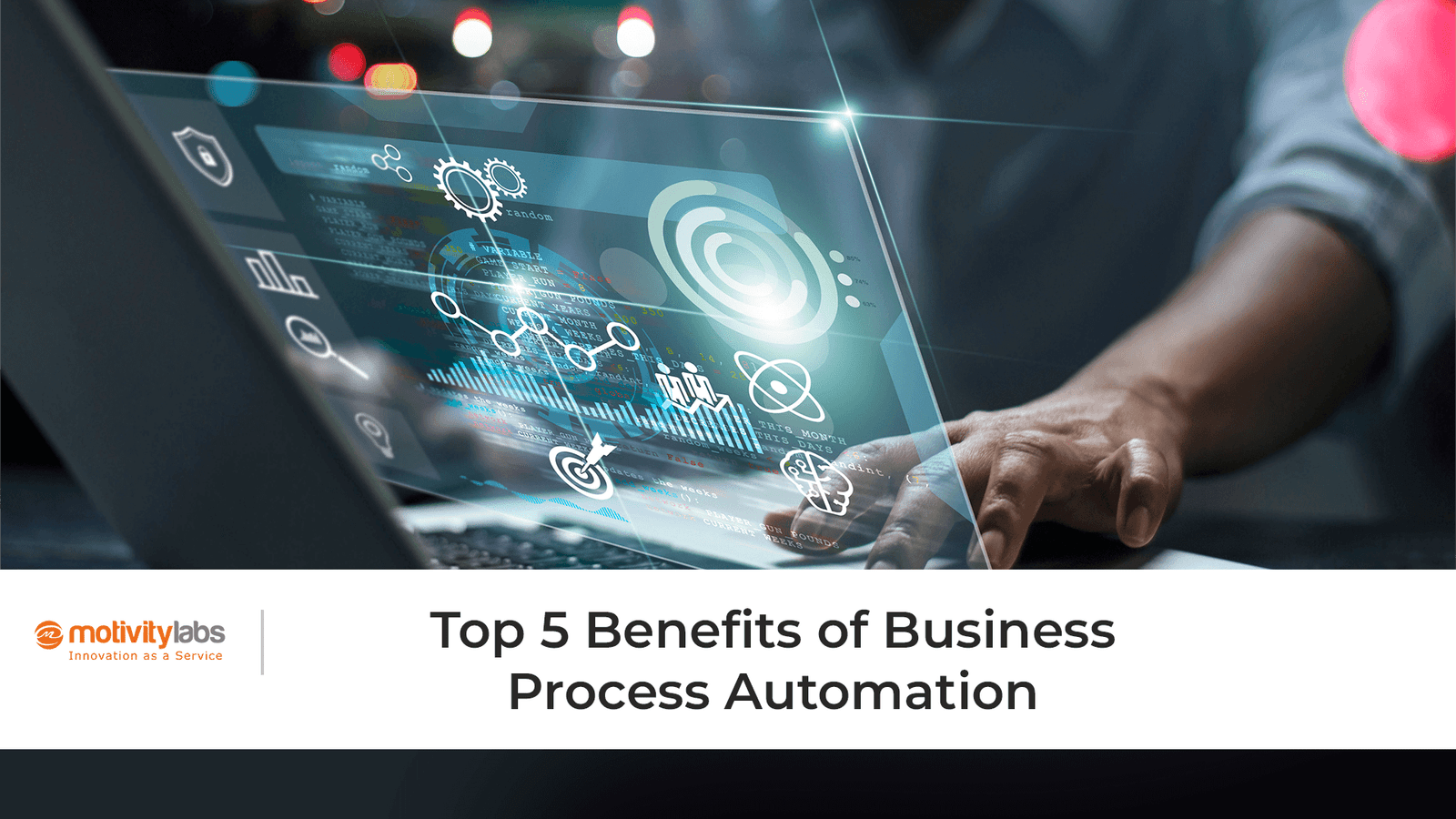Digital transformation is reshaping how businesses operate. AI-powered process automation sits at the center of this evolution. It combines artificial intelligence with automation to optimize operations, drive growth, and unlock competitive advantages. As organizations adapt to rapid change and growing customer expectations, process automation emerges as a strategic priority.
What Is AI-Powered Process Automation?
Process automation uses technology to handle repetitive, rule-based tasks. Adding AI allows these systems to move beyond simple instructions. They analyze data, adapt to changing conditions, and make real-time decisions. This approach improves speed, flexibility, and intelligence.
Traditional automation systems follow static logic. AI-powered automation recognizes anomalies, learns from past outcomes, and continuously improves. It helps businesses automate complex workflows involving unstructured data, decision points, and dynamic responses.
Benefits of AI-Powered Process Automation
Adopting AI-powered process automation offers various advantages that directly impact business performance. From accelerating workflows to improving service quality, intelligent automation enables organizations to work smarter, not harder.
Below are some of the most significant benefits driving adoption across industries:
Increased Efficiency
Automation reduces the time required to complete repetitive tasks. Teams can focus on creative work and strategic goals, driving better use of time and resources.
Improved Accuracy
AI-powered systems minimize human error. Automated data entry, validation, and reporting processes ensure consistency and reduce costly mistakes.
Real-Time Decision Making
AI enables systems to process data on the fly and take immediate action. In retail, for example, pricing algorithms adjust in real time based on demand, inventory, and competition.
Reduced Operational Costs
Replacing manual workflows with intelligent automation cuts labor costs, reduces rework, and increases throughput. Over time, this delivers significant savings.
Scalability
Automation platforms scale with business growth. As workload increases, AI systems continue operating without needing proportionally more resources.
Enhanced Customer Experience
Customers benefit from faster service, accurate information, and proactive communication. AI chatbots, automated notifications, and real-time support help businesses deliver better experiences.
Core Technologies Powering Automation
AI-powered process automation is made possible through a blend of advanced technologies that work to streamline complex tasks. Each technology brings unique capabilities that enhance how businesses operate, communicate, and deliver services. Understanding these components is key to unlocking the full potential of automation:
Machine Learning
Machine learning helps systems recognize trends, predict outcomes, and adapt to new data. It allows automation tools to become smarter with each task.
Natural Language Processing
NLP enables systems to understand human language. Virtual assistants, chatbots, and AI email handlers use NLP to improve communication between systems and users.
Robotic Process Automation
RPA mimics human actions on software interfaces. It is well-suited for automating form filling, navigating systems, and handling rule-based tasks across enterprise applications.
Intelligent Document Processing
IDP extracts structured data from unstructured documents. It is useful for processing invoices, receipts, and contracts without manual input.
Real-World Applications Across Industries
AI-powered process automation is not limited to a single sector. Its flexibility and scalability make it valuable across various industries, each with unique use cases and measurable benefits. From finance to healthcare, organizations are transforming their operations through intelligent automation:
Financial Services
AI-powered automation streamlines loan approvals, fraud detection, regulatory reporting, and customer onboarding. It speeds up decision-making and reduces errors in compliance-heavy environments.
Healthcare
Hospitals use automation for patient scheduling, claims processing, and digital records management. AI also supports diagnostic tools that interpret medical images faster and more accurately. Automated prescription verification and medical billing also benefit from AI automation.
Retail
Retailers use AI to predict customer demand, manage inventory, and personalize marketing. Automated systems respond to trends and customer behavior in real-time. Process automation enhances returns management, strengthens loyalty programs, and improves the accuracy of product recommendations.
Manufacturing
AI optimizes production lines, quality control, and equipment maintenance in manufacturing. Automated systems reduce downtime and increase output efficiency. Predictive maintenance and supply chain coordination also benefit from AI-enhanced processes.
Public Sector
Government agencies use process automation to streamline permit processing, ensure tax compliance, and detect fraud. These improvements enhance service delivery and reduce administrative costs. Public health reporting, election data analysis, and advanced urban initiatives also benefit from the efficiency and scalability of automation.
Key Metrics for Measuring Automation Success
Organizations deploying AI-powered process automation should monitor key performance indicators (KPIs) to evaluate impact.
- Cycle Time Reduction: Measures how quickly a process is completed from start to finish after automation.
- Error Rate: Tracks reduction in errors or defects post-automation.
- Cost Savings: Compares labor and operational costs before and after automation.
- Employee Productivity: Assesses how much time staff can now spend on higher-value activities.
- Customer Satisfaction: Looks at improvements in response times and service quality.
- Process Compliance: Measures adherence to industry standards and internal policies through automated workflows.
Emerging Trends in Automation
Process automation is advancing rapidly, fueled by innovations in AI and digital infrastructure. What once served primarily to streamline repetitive tasks has grown into a powerful driver of strategic transformation. These emerging trends are improving efficiency and reshaping the way businesses operate, compete, and grow in a digital-first world.
Hyperautomation
Hyperautomation aims to automate end-to-end workflows across the enterprise. It integrates AI, RPA, and machine learning to automate everything that can be automated.
Predictive Analytics
Predictive models forecast outcomes like customer churn, supply chain disruptions, or equipment failure. This allows teams to take action before problems arise.
IoT Integration
Combining AI with IoT devices enables smart systems that respond to real-world data. In logistics, for example, sensors track shipments and alert managers to delays or issues.
No-Code and Low-Code Platforms
No-code platforms allow business users to build automation workflows using drag-and-drop tools. This reduces reliance on IT teams and speeds up innovation.
Steps to Implement AI-Powered Process Automation
Implementing AI-powered process automation requires a structured approach to ensure long-term success. By following a clear set of steps, organizations can effectively integrate automation into their operations and maximize its impact across teams and systems.
Identify Automation Opportunities: Begin by analyzing existing workflows. Focus on tasks that are time-consuming, error-prone, or repetitive.
Evaluate and Prepare Data: Ensure access to clean, structured, and relevant data. AI systems require high-quality inputs to generate accurate outputs.
Select the Right Tools: Choose platforms that align with business needs and integrate with current systems. Consider scalability, usability, and support for AI features.
Design and Build Workflows: Create workflows with clear logic and goals. Map the process visually, define triggers and outcomes, and build rules for how the system should operate.
Train Employees: Automation enhances teams, not replaces them. Train employees to work alongside AI tools and use data to make informed decisions.
Monitor and Refine: Regularly review automated processes. Use insights to fine-tune system performance and adapt to new business needs.
Common Challenges in Process Automation
While process automation offers significant benefits, it also comes with challenges that organizations must address. Understanding these obstacles early can help teams prepare, adapt, and ensure smoother implementation and adoption.
Here are a few challenges in the process automation:
Data Security: Automation systems often access sensitive data. Protecting this information requires strong cybersecurity practices and compliance with regulations.
Employee Adoption: Automation can raise concerns about job security. Clear communication, training, and focus on new opportunities help smooth the transition.
System Integration: Many organizations rely on legacy systems. Connecting new AI platforms with older infrastructure requires careful planning and technical expertise.
Conclusion
AI-powered process automation is transforming how businesses work. It enables faster decisions, improves accuracy, and supports long-term growth. Companies that invest in intelligent automation gain a competitive edge in speed, cost-efficiency, and customer satisfaction.
Motivity Labs drives this transformation with scalable, results-oriented solutions tailored to the specific needs of each organization. The team brings deep technical expertise in AI, machine learning, and digital process design. They pair this with a consultative approach that ensures alignment with business goals. From strategy and implementation to continuous optimization, Motivity Labs partners with businesses to unlock the full value of process automation and build future-ready operations.



